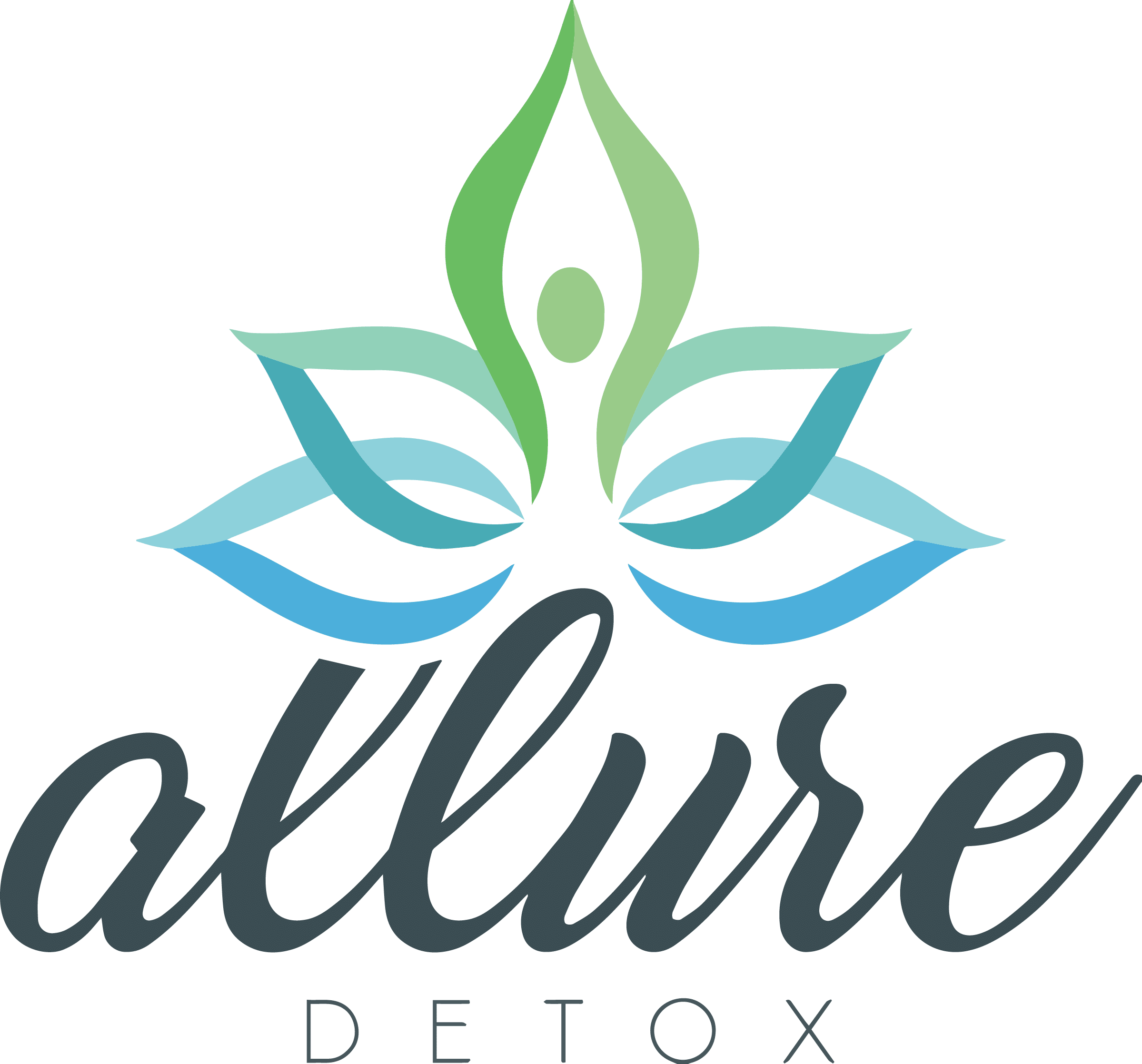If you or your loved one is suffering from marijuana use disorder, don’t hesitate to reach out to our team
Marijuana is the most widely used federally illegal substance in the United States. In Florida, Marijuana is the most frequently misused and commonly available illicit drug.
According to official reports, about 6% of marijuana users in 2021 developed a cannabis misuse disorder. Also, it’s estimated that three out of every 10 Americans who use marijuana struggle with cannabis addiction.

With adverse effects ranging from mental health disorders to physical conditions to social issues, substance abuse is a plague in the works across West Palm Beach.
If you or any family member suffers from marijuana addiction, this article is here to help you get on track for recovery.
We’ll start guiding you through your journey to overcome marijuana dependence by explaining the addictive nature of marijuana, its abuse forms, the signs of its addiction, its withdrawal, and the accessible treatment options.
Table of Contents
What Are the Effects of Marijuana?
Also known as pot, weed, ganja, and herb among dozens of other slang names, marijuana is the dried flower of a plant called Cannabis sativa.
The chemicals responsible for eliciting the effects of marijuana, such as delta-9 tetrahydrocannabinol (THC), must first reach the brain for the person to feel the “hit”.
Experiencing the hit or “high” of marijuana is generally represented by a pleasant sense of relaxation and euphoria. It can also result in laughter, increased appetite, modified perception of time, and heightened sensory stimulation.
That said, not everyone experiences pleasant effects when using marijuana. The plant may alternatively cause feelings of distrust, fear, anxiety, or even panic in some people, especially if the dose is too large, the individual is inexperienced, or the marijuana is highly potent.
When Do They Appear?
If marijuana is smoked, its chemicals move from the lungs to the bloodstream, which quickly makes its way to the brain. The result is an almost immediate effect.
However, if marijuana is ingested, experiencing the high is delayed (appears after 30 to 60 minutes) because the psychoactive chemicals must pass through the digestive system first and then enter the bloodstream.
Additionally, the amount of THC that reaches the bloodstream after consuming marijuana in foods or drinks is significantly lower than after smoking marijuana.
Due to the reduced availability and delayed effects, people who use edibles often end up with a lot more THC in their systems than those who smoke the plant.
Is Marijuana Addictive?
Despite being regarded as a less harmful substance compared to other psychoactive drugs, marijuana users can still develop dependency and addiction over time.

Recent research found that at least 30% of people and 17% of young adults who consume marijuana have some level of marijuana use disorder.
Additionally, the chances of developing a marijuana addiction are four to seven times higher in those who started using the plant as adolescents.
What Causes Marijuana Addiction?
The THC in marijuana activates certain receptors in centers involved in the brain’s reward system, causing dopamine to be released.
The sense of relaxation and euphoria associated with drug use is the direct effect of high dopamine levels. People continue consuming marijuana to experience such pleasure again and again.
The chronic use of marijuana conditions the brain to the presence of the dopamine-triggering agent, THC. Consequently, the brain lowers the production of the naturally occurring THC-like neurotransmitters known as endocannabinoids.
Marijuana use disorder typically refers to the state of dependence that consuming this plant causes, which is the collection of negative symptoms that a marijuana user experiences when not using the drug due to THC deprivation.
Once the person becomes unable to give up the recreational use of marijuana despite its interference with many aspects of their life, marijuana use disorder turns into marijuana addiction.
Signs of Marijuana Addiction
Recognizing marijuana addiction can be tricky as the signs are often subtle and similar to those of other substance use disorders.
That said, the following key patterns can help you identify cannabis use disorders:
- Feeling lethargic and exhausted all the time
- Declining memory
- Disrupted sleep patterns
- Insomnia
- Constantly noticeable bloodshot eyes
- Losing track of time
- Increased appetite
- A strong urge to keep using marijuana and experiencing negative symptoms when you try to quit
- Emotional instability
- Mood swings
- Lack of self-esteem
- Anxiety
- Depression
- Neglecting personal hygiene
- Feeling guilty
- Withdrawal from social activities like work, school, and hobbies to use marijuana

What Are the Dangers of Marijuana Addiction?
Many people don’t realize this, but marijuana addiction can have serious health and social implications.
For one, repeated smoking of marijuana causes lung irritation that may develop into infections and various respiratory problems. Continuous consumption of marijuana also causes learning difficulties and poor memory.
Besides cognitive impairment, the symptoms of existing mental health conditions, such as anxiety and depression, worsen with marijuana addiction.
In the case of large marijuana doses, the plant may cause delusions and hallucinations, producing an episode of acute psychosis.
Over an extended period of abuse, marijuana may lead to schizophrenia among other long-lasting mental disorders.
Note that the adverse effects of marijuana abuse are not limited to the risks explained above and that their severity varies among individuals.
Are there Withdrawal Symptoms from Marijuana?
Yes, individuals struggling with marijuana addiction can experience withdrawal symptoms when they stop using the drug. These symptoms can be both physical and psychological.
Why Does Marijuana Cause Withdrawal?
Contrary to popular belief, marijuana can prompt numerous health problems and can be addictive. Yes, it can be beneficial in certain medical conditions, but that doesn’t mean drug addiction and dependence aren’t a possibility.
It’s because of this dependency that withdrawal symptoms manifest upon stopping the use of marijuana.

What Are the Withdrawal Symptoms of Marijuana?
Attempting to stop the use of marijuana in individuals suffering from addiction can cause mental and physical side effects, including:
- Headaches
- Dehydration or excessive thirst
- Dry mouth
- Low appetite
- Insomnia
- Sweating
- Chills
- Digestive issues
- Mood swings
- Irritability
- Depression
- Cravings
- Inability to focus
How Long Does Marijuana Withdrawal Last?
The period of marijuana withdrawal varies from one patient to another according to multiple factors such as;
- How long they’ve been using the drug
- The frequency of use
- The potency they’re used to
- The manner of quitting (sudden or gradual)
That said, the average patient will experience marijuana withdrawal symptoms for a few days to a couple of weeks.
The first three days are when symptoms are typically the most severe, but after that, the severity of the symptoms should decrease.
That said, the psychological symptoms tend to start two to three days later than physical symptoms and linger for weeks longer. This is why it’s crucial to continue mental support therapy even after overcoming the physical dependence on marijuana.
Marijuana Addiction Treatment Options Near You
Various approaches are used often in combination to treat marijuana addiction. The following are the most common and effective treatment plans:
Medication-assisted Detoxification
To begin marijuana addiction treatment, patients go through a detoxification process to rid the body of the drug. Medications are usually administered to ease the withdrawal symptoms.
This method takes a few days to complete and is a must for patients who have been heavy users for a long time or those who tried to do it alone but failed.
Outpatient and Inpatient Treatment Programs
When it comes to rehab options for marijuana addiction, outpatient treatment or non-residential rehabilitation is the prevalent choice.
In this approach, patients attend multiple therapy sessions at the rehab center during the week while living normally at home and fulfilling their responsibilities.
However, in severe cases of marijuana addiction, medical professionals may recommend residential or inpatient treatment.
In this approach, patients stay in hospitals or specialized treatment facilities where they receive supervised 24/7 care.

Behavioral Therapy and Counseling
Behavioral individual therapy helps patients maintain long-term recovery by working on the underlying causes of addiction and teaching patients coping skills for relapse prevention.
Examples of this technique are cognitive behavioral therapy (cbt), contingency management therapy, motivational enhancement therapy, and dialectical behavioral therapy.
Support Groups and Holistic Therapy
Peer support groups, such as 12-step programs, or family therapy are beneficial to achieving long-term recovery. In group therapy, patients can connect with other individuals facing similar challenges, allowing them to receive and provide relatable support.
As for holistic therapy, it can be used along with traditional treatment strategies to address the different aspects of a patient’s well-being. Examples include mindfulness and meditation therapy, physical exercise, acupuncture, massage therapy, art therapy, and so on.
Conclusion: Getting Help
Treating marijuana addiction may be a challenge, but it’s nothing you can’t take on. Starting your recovery journey is the only way you can become the best version of yourself and avoid the potentially devastating impact of cannabis dependence.
If you or your loved one is suffering from marijuana use disorder, don’t hesitate to reach out to our team at Allure Detox treatment center for help. We can guide you through your recovery journey and provide marijuana addiction treatment immediately so you can get your life back on track.
References
- https://www.justice.gov/archive/ndic/pubs5/5169/marijuan.htm
- https://www.cdc.gov/marijuana/health-effects/addiction.html
- https://nida.nih.gov/publications/research-reports/marijuana/what-scope-marijuana-use-in-united-states
- https://www.ncbi.nlm.nih.gov/pmc/articles/PMC9110555/
- https://nida.nih.gov/publications/research-reports/marijuana/what-are-marijuana-effects
- https://www.ncbi.nlm.nih.gov/pmc/articles/PMC9855787/
- https://www.ncbi.nlm.nih.gov/pmc/articles/PMC2424288/
- https://pubmed.ncbi.nlm.nih.gov/33332004/



